Before cooking gas and electricity were introduced (ever known) to the 'Kampong folks', we cook everything with fire burnt from wood. The best and mostly available firewood are dead rubber tree branches that fell to the ground. Since we cook everyday, firewood must be available at all times. I was all the times requested to go 'collect' these firewood. Every week or so, with a small 'parang' in hand we will take a walk into the rubber plantation to look for firewood.
Our 'favourite' place to look for firewood was in Ulu Senaling, behind Pakcik Maulud's house; as she has 2 beautiful sweet daughters; Kak Long and Mariah; that we may be able to have a glimpse of. Every young boys are after this bombshell, long hair, fair, sweet and cool Mariah Maulud. Nevertheless, while collecting firewood, our eyes would wander to her house, just to have a glimpse of her at her windows; which most times, we were disappointed. She passed away in 2005, so I was told - may Allah swt bless her soul. These firewood are cut into 6 feet length and tied together with small rattans found in the rubber plantation. Collecting enough, we carry it home on our shoulders.
At times, we found 'damar' in the rubber plantation. 'Damar' is soft stones normally used as fire starters. Whenever we find 'damar' lying around, we will pack them into small bags and carry them home together with the firewood. I would normally go and look for firewood with my two neighbour friends (they are brothers); Ajih Baroh (Hashim Latif) and Ajai (Zainuddin Latif). Wonder where they are now!
3 years ago
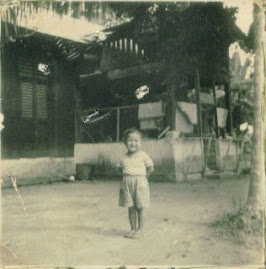.jpg)
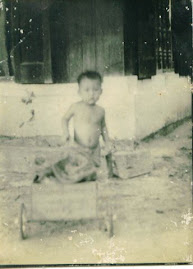.jpg)

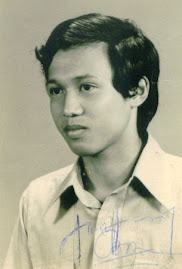.jpg)

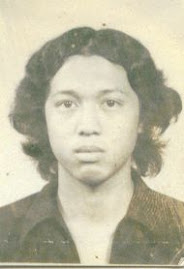.jpg)






















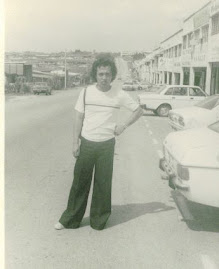.jpg)
.jpg)
.jpg)
.jpg)

.jpg)




























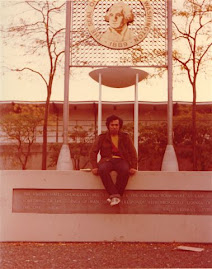.jpg)


.jpg)



